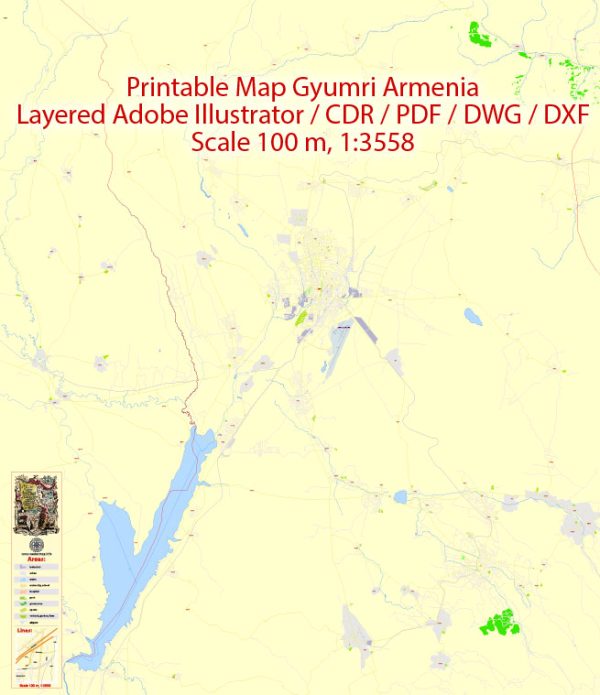Gyumri is the second-largest city in Armenia and an important cultural and economic hub in the country. Here’s a general socio-economic description of Gyumri:
- Economy:
- Gyumri’s economy traditionally relied on manufacturing, particularly in industries like textiles, chemicals, and food processing.
- The city was also known for its craftsmanship and artisanal production, including jewelry and handmade carpets.
- The collapse of the Soviet Union had a significant impact on Gyumri’s economy, leading to job losses and economic challenges.
- Employment:
- High unemployment rates have been a concern, with many people seeking employment opportunities both locally and abroad.
- Remittances from the Armenian diaspora have played a crucial role in supporting many Gyumri households.
- Infrastructure:
- Gyumri faced significant challenges in infrastructure development, including housing, roads, and public services.
- The 1988 Spitak earthquake caused extensive damage to the city’s infrastructure, and efforts to rebuild have been ongoing.
- Culture:
- Gyumri is known for its rich cultural heritage, with a history of art, music, and literature.
- The city has several museums, including the Shirak Historical Museum and the Dzitoghtsyan Museum of National Architecture.
- Cultural events and festivals are an integral part of city life.
- Education:
- Gyumri is home to a number of educational institutions, including Shirak State University, which offers a range of academic programs.
- Transportation:
- The city is well-connected by road and rail, with transportation links to the capital, Yerevan, and to neighboring countries like Georgia.
- Social Services:
- Healthcare and social services are provided in the city, though there may be disparities in access and quality.
- Tourism:
- Gyumri has been developing its tourism sector, with historical and cultural attractions drawing visitors.
- The city is known for its distinctive architecture, including buildings constructed during the 19th century.
- Challenges:
- Economic challenges and unemployment have been persistent issues.
- Infrastructure development, particularly in housing and public services, remains a priority.
- The city has been working to overcome the effects of the 1988 earthquake, which still impact its socio-economic situation.


 Author: Kirill Shrayber, Ph.D.
Author: Kirill Shrayber, Ph.D.